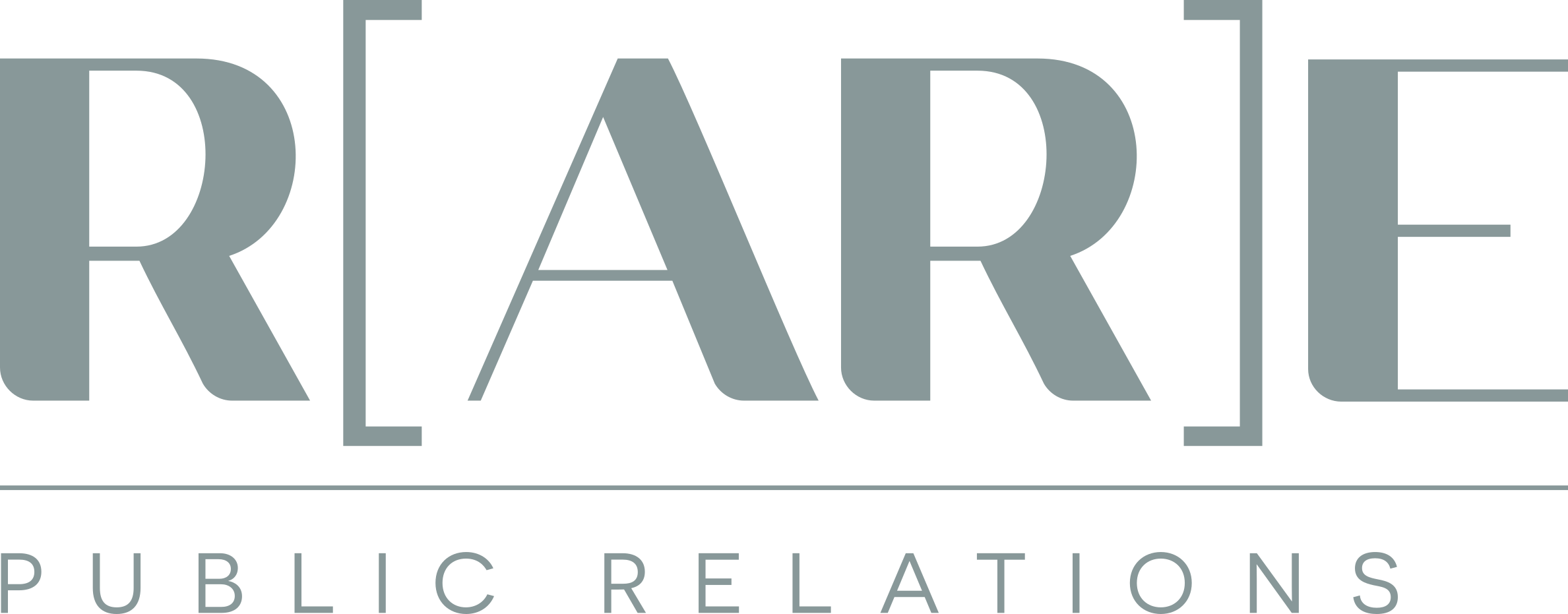The world of Public Relations (PR) is witnessing an epochal transition. Traditional PR practices, once considered gold standards, are now being overshadowed by the power of digital platforms. This shift is reshaping the landscape of communication, engagement, and brand promotion. But what’s driving this change? Let’s explore the transformation of PR in the digital age.
The Age of Traditional PR
In the past, PR was largely about press releases, media relations, print publications, and event management. Brands would communicate with journalists who acted as gatekeepers, determining which stories saw the light of day. It was a one-way communication stream: brands spoke, and audiences listened, with minimal interaction.
The Rise of Digital Platforms
Fast forward to the present day, and the PR landscape looks entirely different. With the advent of the internet and digital tools, communication has become a two-way street. Brands no longer solely rely on journalists to tell their stories. Social media, blogs, podcasts, and influencer collaborations have democratized content creation and dissemination. To learn more about the rise of techonology in PR, check out our latest blog post.
Several factors underline this paradigm shift:
Direct Engagement: Digital platforms allow brands to engage directly with their audience. Social media platforms, especially, have opened doors to real-time interactions, feedback, and discussions.
Greater Reach and Accessibility: Digital PR practices can reach a global audience. With traditional PR, geographical limitations often restricted the reach. Today, a well-crafted tweet or viral video can gain international attention in a matter of hours.
Data-Driven Decisions: Analytics tools provide invaluable insights into audience behaviors, preferences, and engagement metrics. Such data was challenging to gather in the traditional PR landscape. Now, PR professionals can refine strategies based on concrete data, ensuring more targeted and effective campaigns.
Cost-Efficiency: While traditional PR often demanded significant budgets for media placements and events, digital PR offers cost-effective solutions. Even smaller brands can now run impactful campaigns with limited resources.
Challenges in the Digital Era
However, the digital shift isn’t without challenges. The rapid pace of digital platforms requires brands to be consistently active and updated. Additionally, the vast volume of online content means it’s easy for messages to get lost in the noise. Brands must continuously innovate to remain relevant and engage their audiences effectively.
Merging the Best of Both Worlds
Despite the dominance of digital platforms, it’s essential to recognize the enduring value of traditional PR. Face-to-face events, print media, and trusted relationships with journalists still hold significant influence. The key for modern PR professionals lies in integrating the strengths of both approaches. For instance, a product launch could leverage traditional PR by hosting an in-person event for media professionals and influencers, creating a buzz and offering exclusive insights. Post-event, digital platforms could amplify the message, share highlights, and engage a wider audience through videos, articles, and social media discussions.
Conclusion
The shift from traditional PR methods to digital platforms marks an exciting era of possibilities. It promises more profound engagement, broader reach, and a dynamic interaction landscape. Yet, as PR professionals navigate this new world, they must remember their craft’s roots and foundational principles. By merging the strengths of both worlds, brands can create holistic strategies that resonate in today’s digital age while honoring time-tested PR traditions.
Connect with our team today to learn more. Contact us today.



